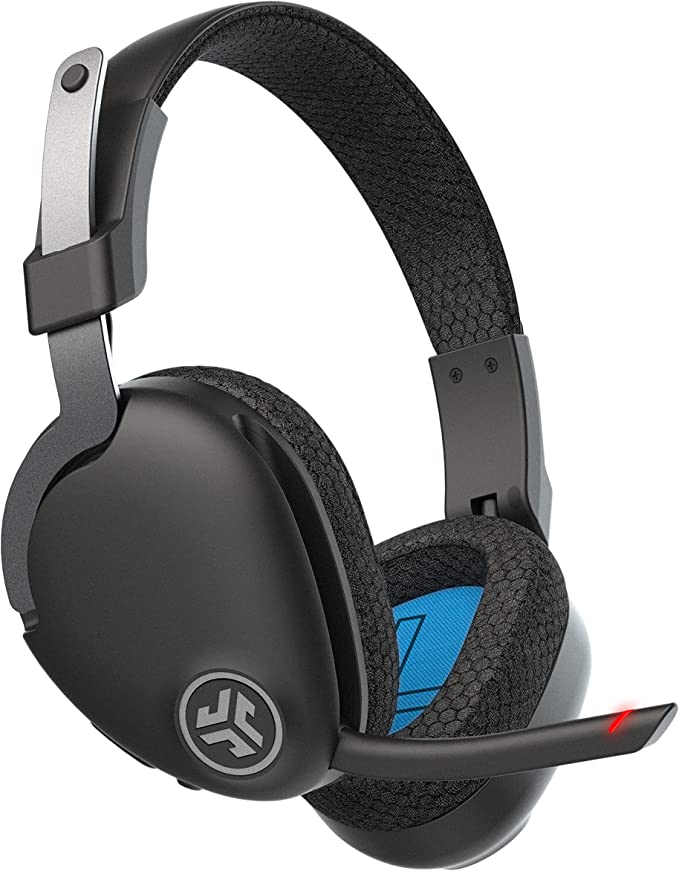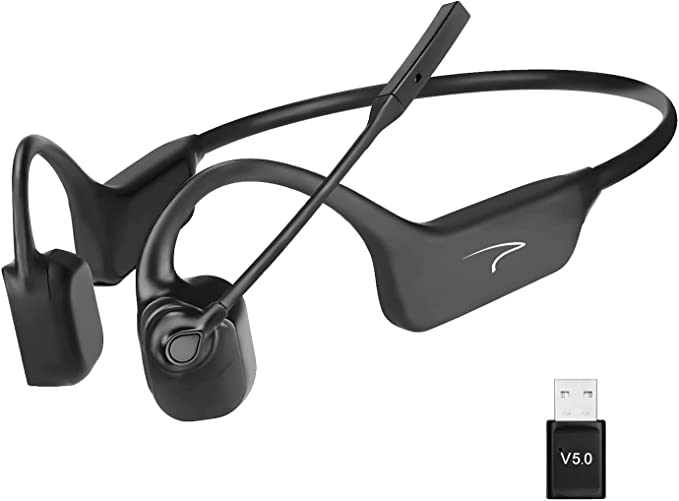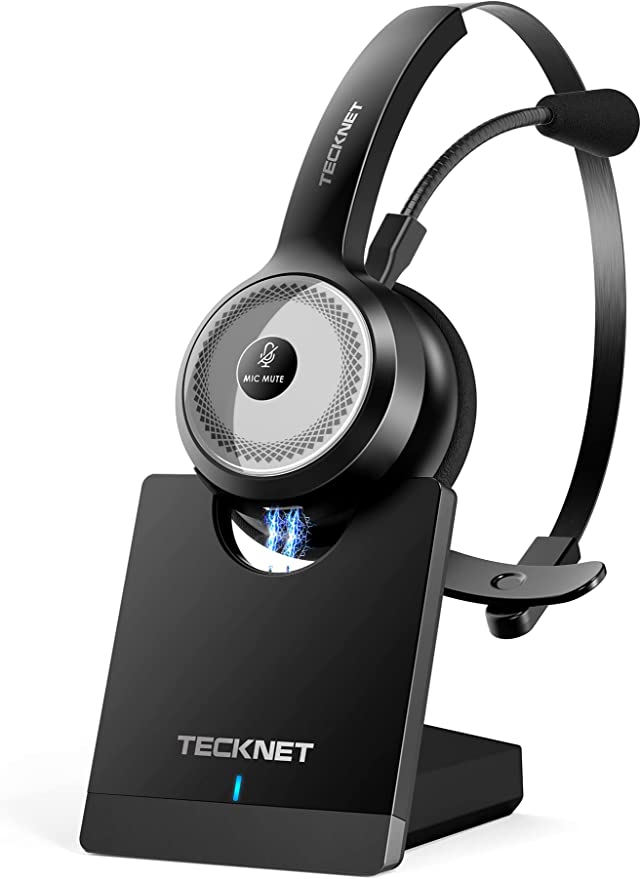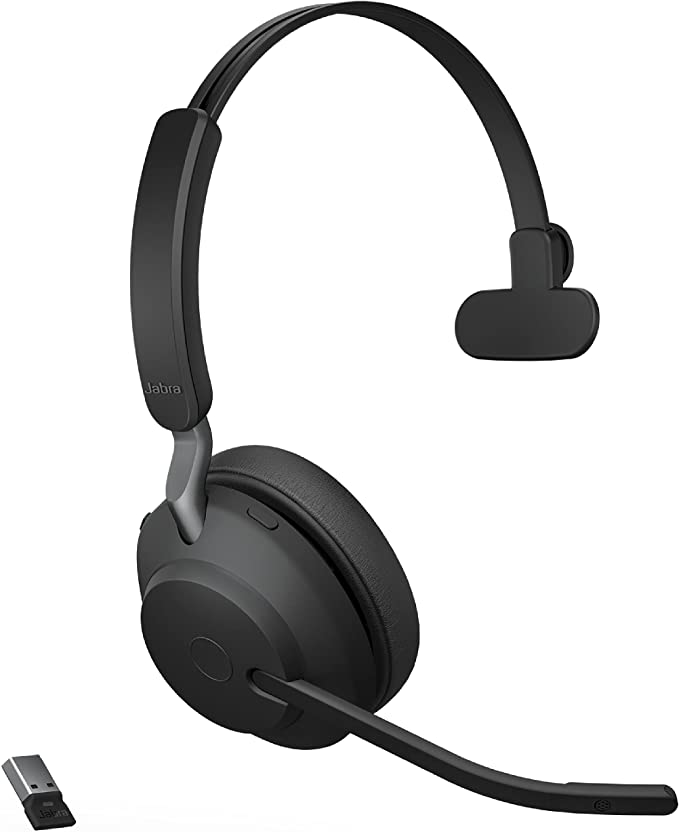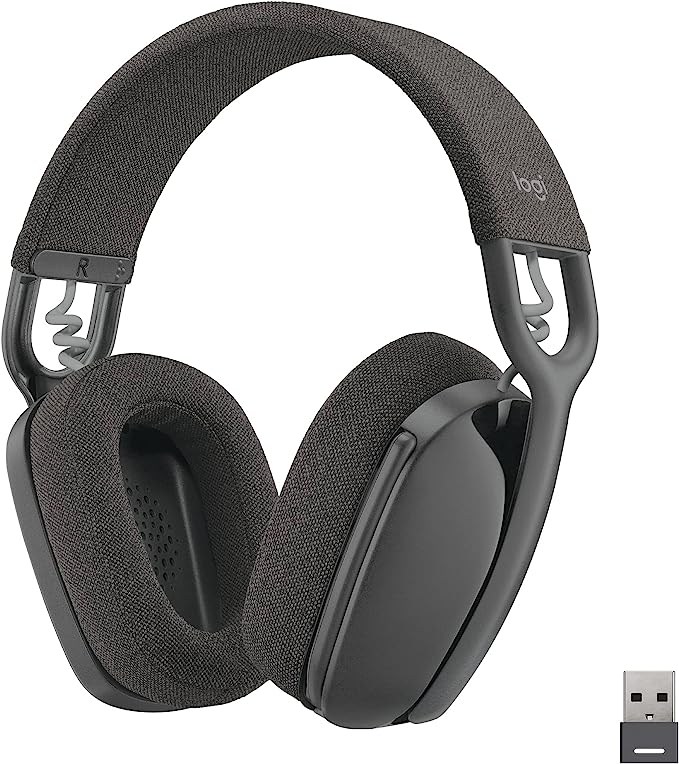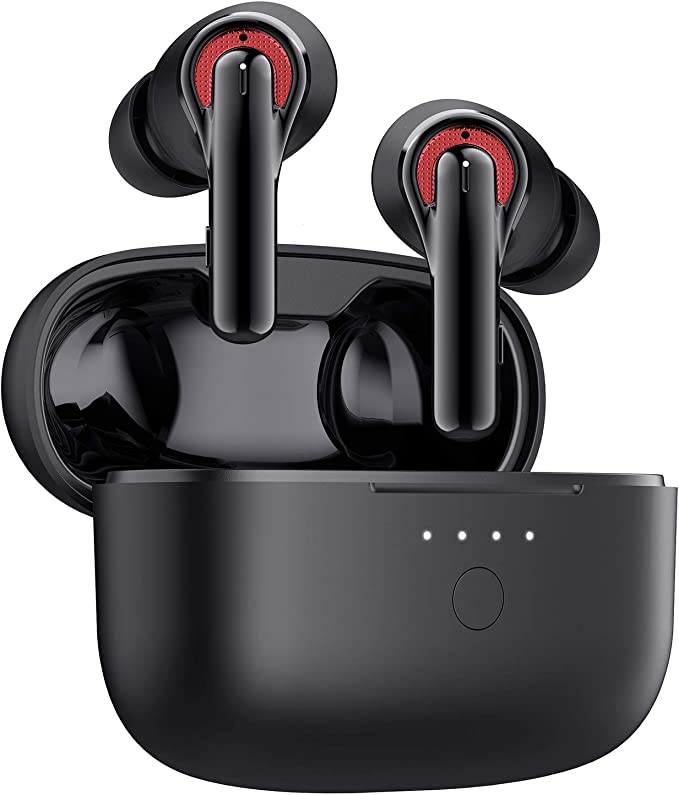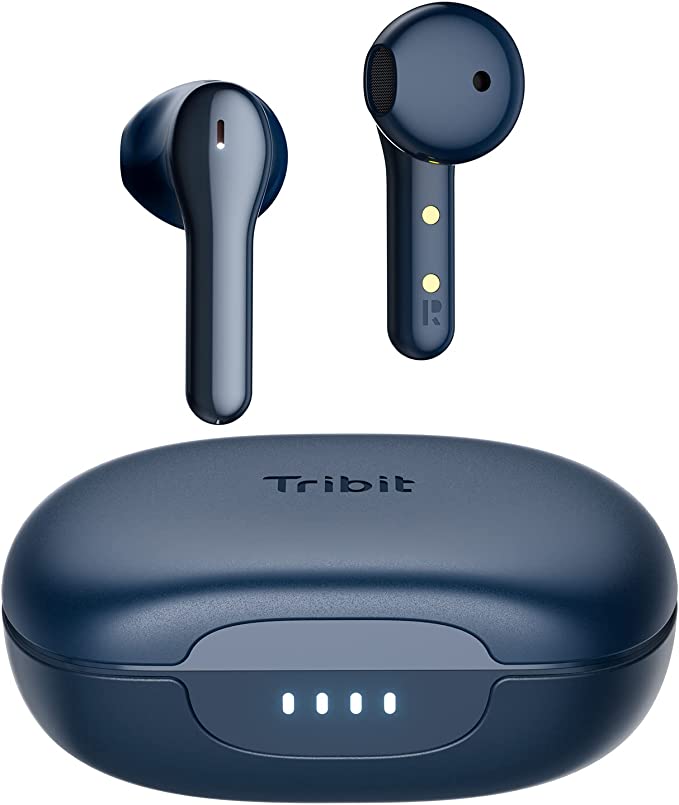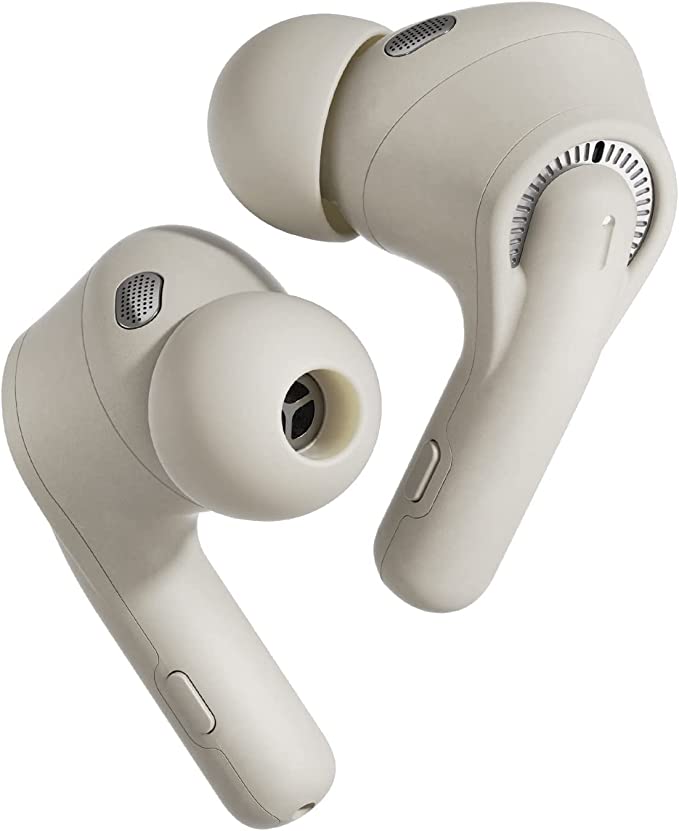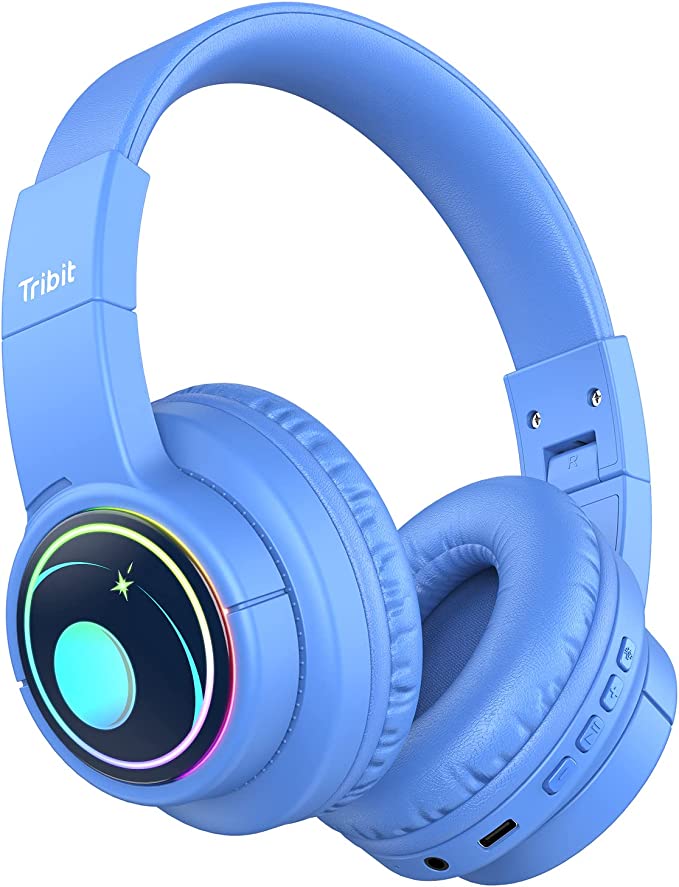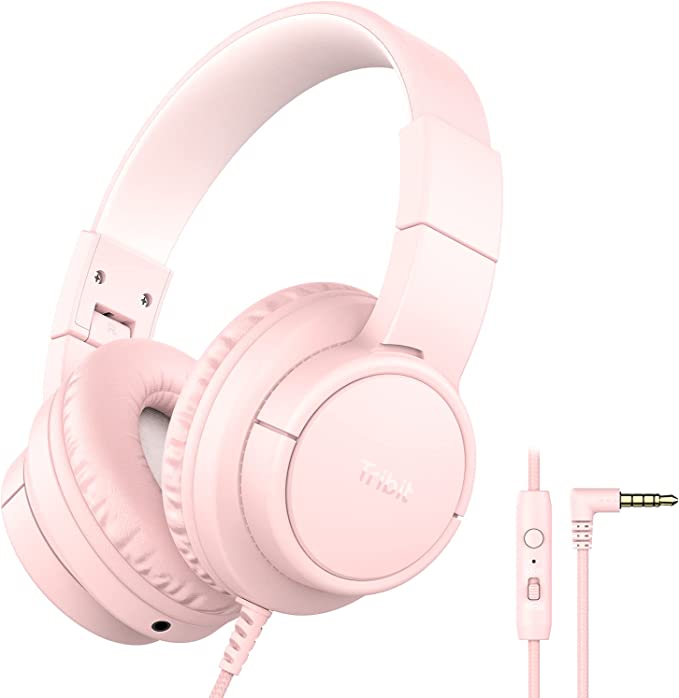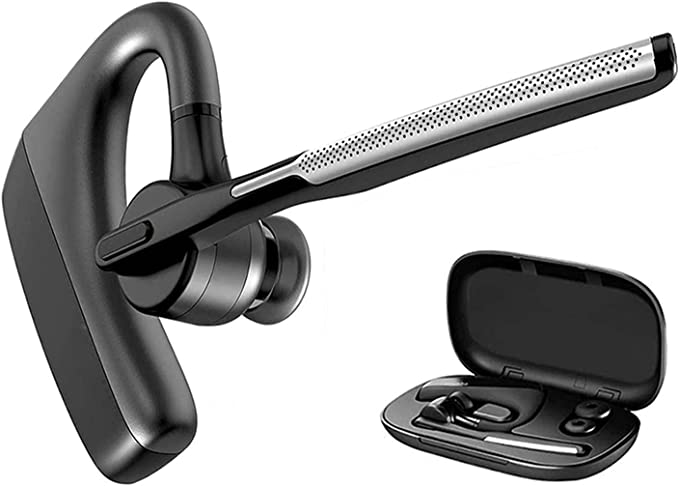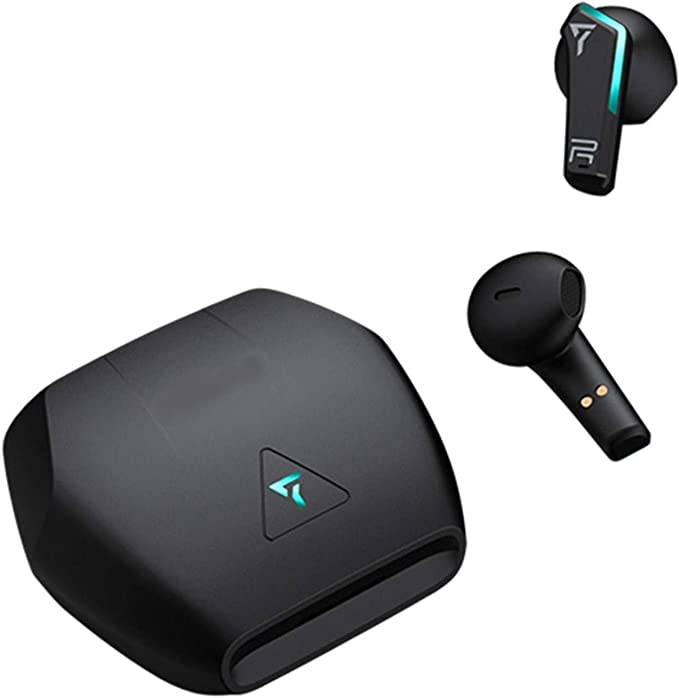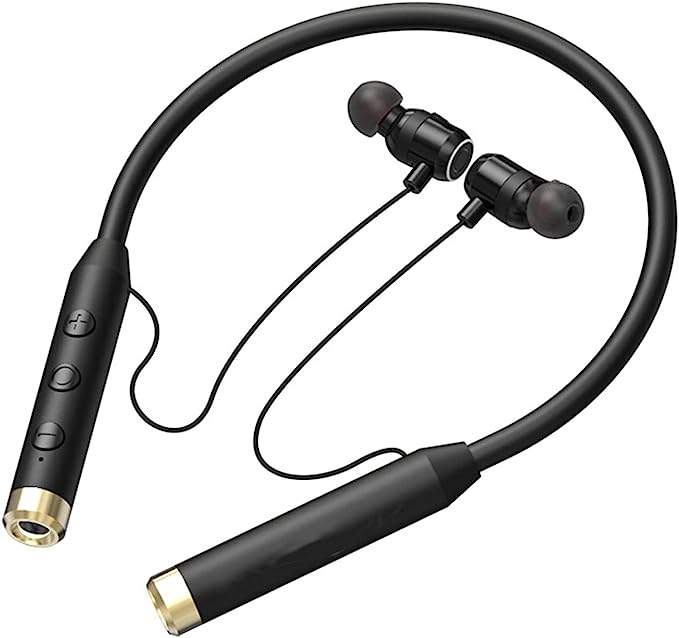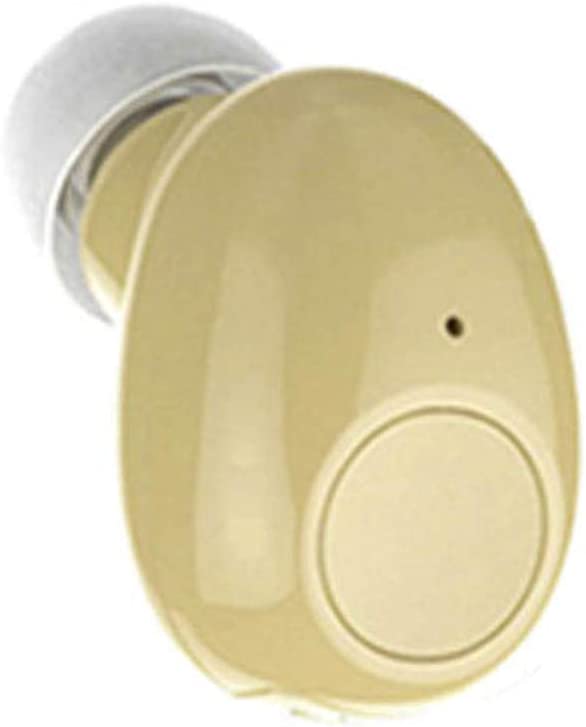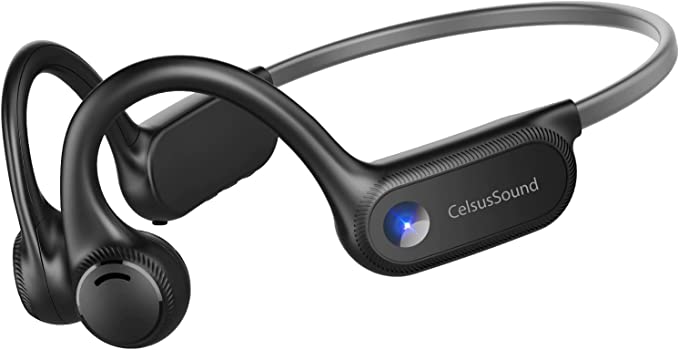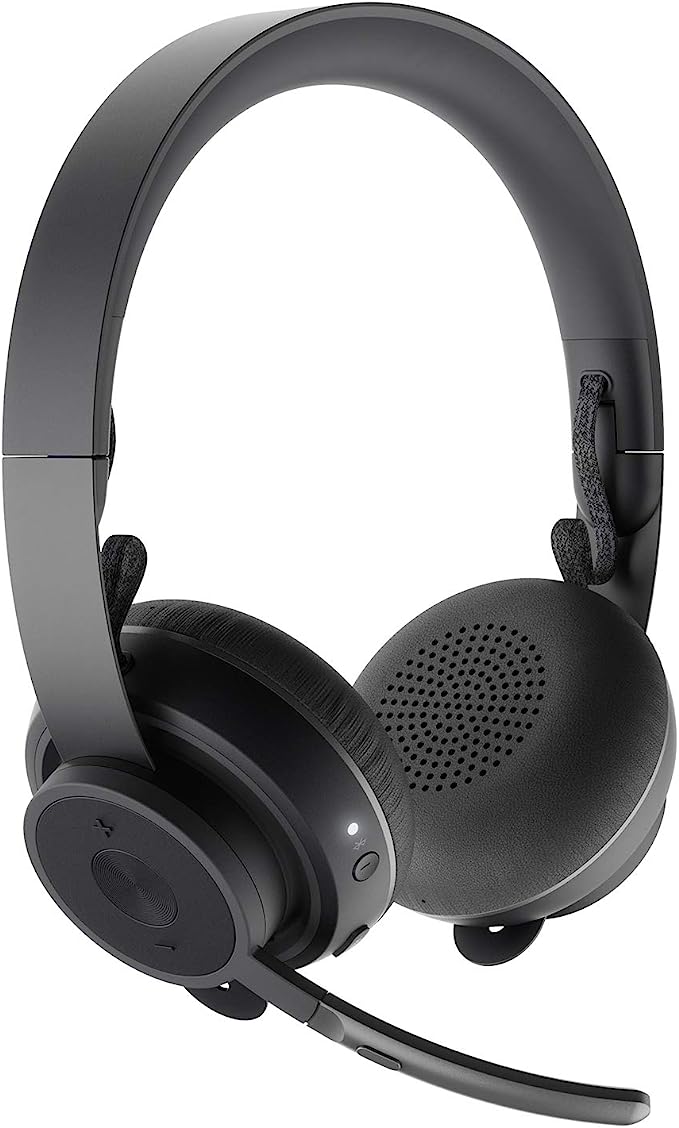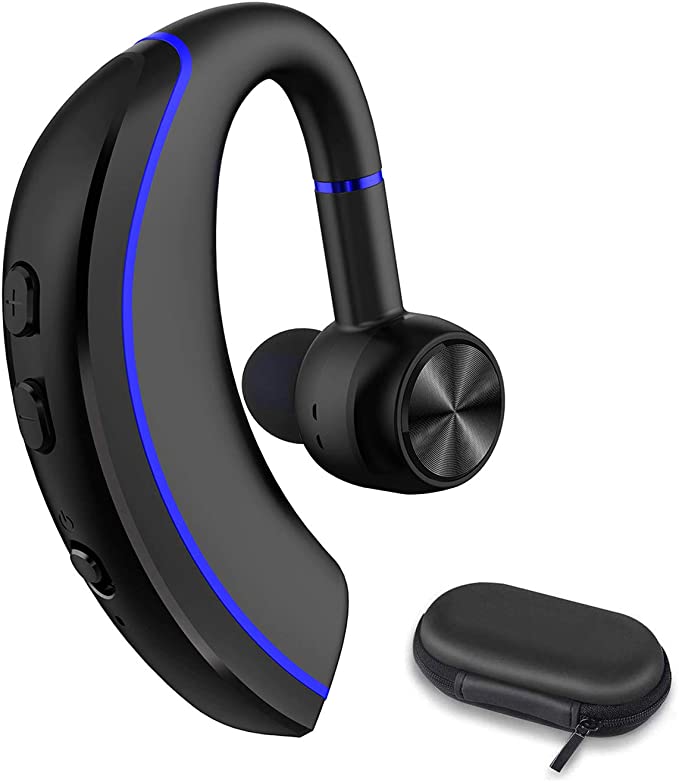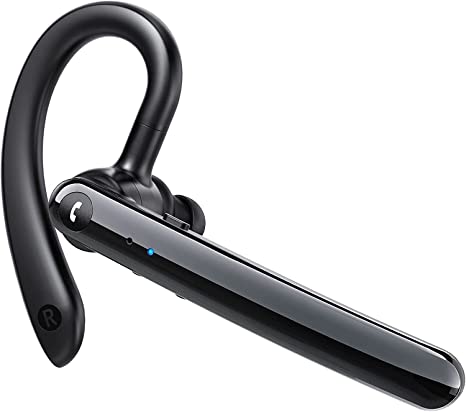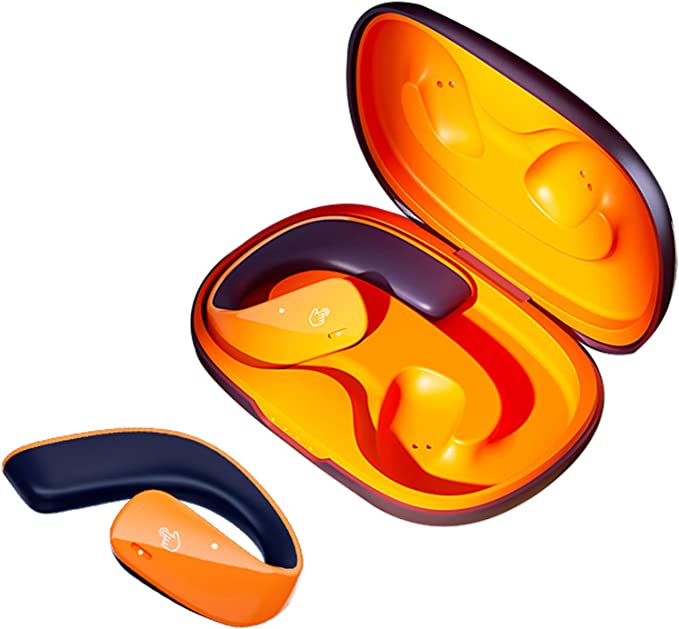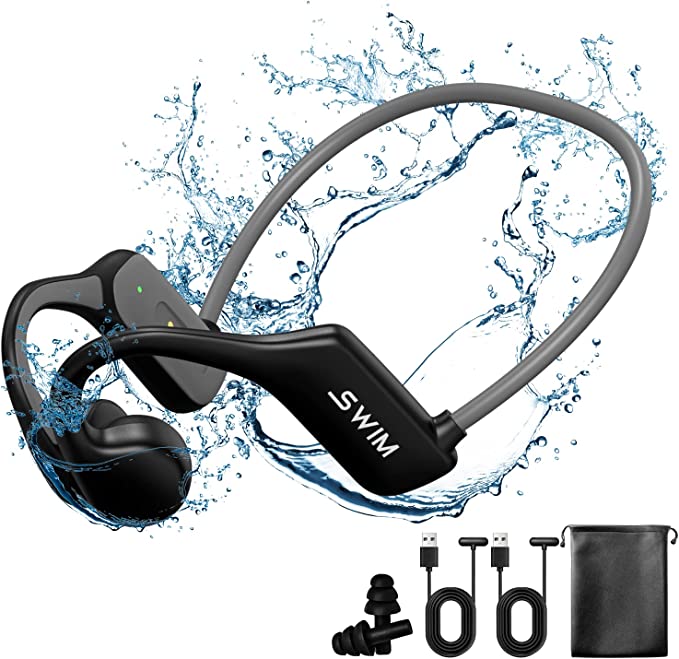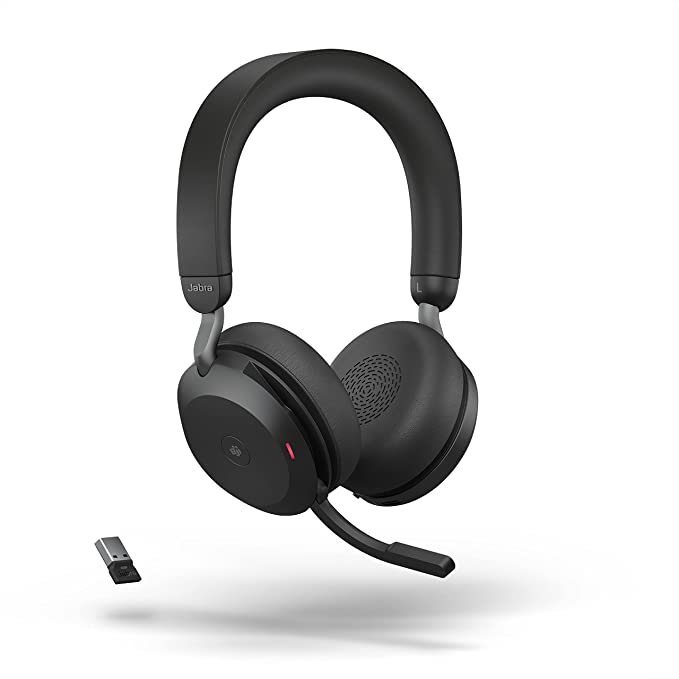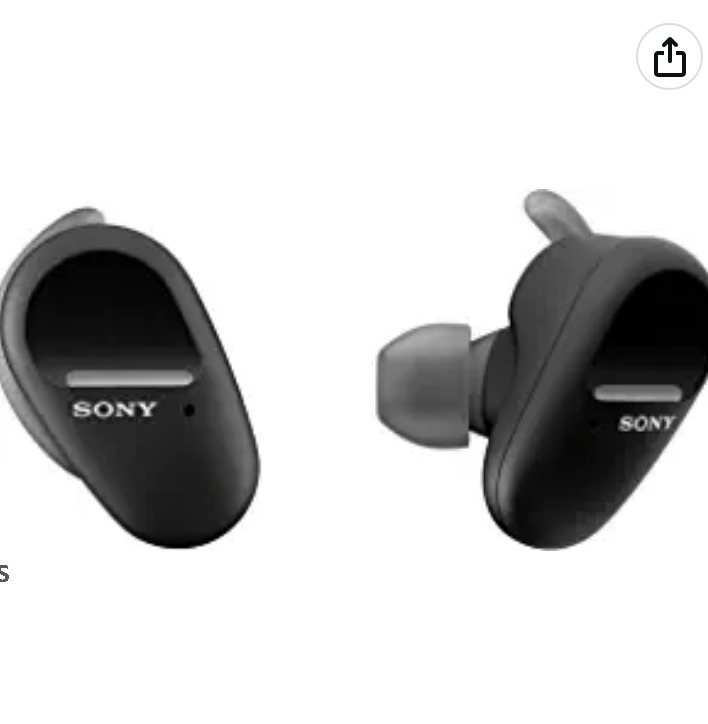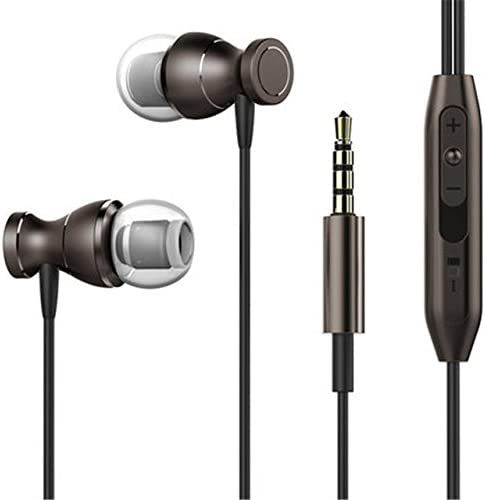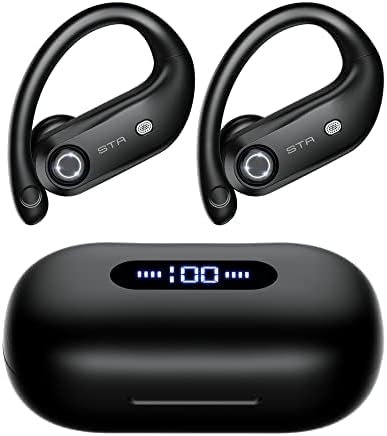Tribit CallElite 81 Bluetooth Headset: Crystal-Clear Calls with AI Noise Canceling
Update on March 21, 2025, 7:22 a.m.
The world is a noisy place. From the rumbling of city buses to the chattering of colleagues in an open office, unwanted sounds constantly bombard our ears. For centuries, humans have sought ways to control and manipulate sound – to amplify the voices we want to hear and to diminish the din that distracts us. The Tribit CallElite 81 Bluetooth headset represents a significant step forward in this ongoing quest for auditory clarity, particularly in the realm of voice communication. It’s not about eliminating all sound; it’s about selectively filtering the noise to allow clear conversations to thrive, even in the most challenging acoustic environments. It is like the invention of noise cancelling technology is a historical milestone.

The Challenge of Noise: Why We Need Noise Cancellation
Imagine you’re a truck driver navigating a busy highway. The roar of the engine, the wind buffeting your cab, and the constant stream of traffic create a cacophony that makes it nearly impossible to hear your dispatcher over the radio. Or picture yourself working from home, trying to concentrate on a crucial video conference while your children play in the next room, the dog barks at the mailman, and a neighbor starts up their lawnmower.
These scenarios, familiar to many of us, highlight a fundamental challenge: unwanted noise interferes with our ability to communicate effectively. It forces us to strain to hear, repeat ourselves, and ultimately, it diminishes the quality of our interactions. Noise isn’t just an annoyance; it can impact productivity, safety, and even our overall well-being. This is where noise cancellation technology comes into play, offering a refuge from the auditory chaos.
Decoding the Silence: How CVC 8.0 Works
The Tribit CallElite 81 utilizes Qualcomm’s cVc 8.0 (Clear Voice Capture) technology, a sophisticated suite of algorithms designed to enhance voice quality during calls. But how does it work? Let’s break it down.
Imagine you’re at a crowded party, trying to have a conversation with a friend. You naturally cup your hands around your mouth and speak directly at your friend, minimizing the interference from other conversations. CVC 8.0 essentially does something similar, but digitally.
At its core, CVC 8.0 uses a technique called beamforming. The CallElite 81’s microphone (which, by the way, can rotate 270 degrees for optimal positioning) acts like a highly directional antenna. It focuses its “listening” power on the sound waves coming from your mouth, while simultaneously reducing the sensitivity to sounds coming from other directions.
But beamforming is just the first step. CVC 8.0 also employs noise suppression algorithms. These algorithms analyze the incoming audio signal and identify patterns that correspond to common background noises, such as traffic, wind, or keyboard clicks. Once identified, these noise patterns are significantly reduced, leaving your voice clearer and more prominent. Think of it like a skilled audio editor meticulously removing unwanted sounds from a recording, but doing it in real-time.
Finally, CVC 8.0 incorporates echo cancellation. Echoes can occur when your voice is picked up by the other person’s microphone and fed back to you, creating a distracting delay. CVC 8.0 intelligently identifies and eliminates these echoes, ensuring a smooth and natural conversation flow.
The AI Advantage: Enhancing Noise Cancellation
While CVC 8.0 provides a powerful foundation for noise cancellation, the Tribit CallElite 81 takes it a step further with the addition of Artificial Intelligence (AI). This isn’t just marketing hype; AI genuinely enhances the performance of noise-canceling systems.
Traditional noise cancellation algorithms are often trained on a limited set of noise samples. They excel at suppressing predictable, consistent noises, but they can struggle with more complex or unpredictable sounds. AI, on the other hand, can learn and adapt to a much wider range of noise environments.
The AI in the CallElite 81 uses machine learning to analyze the incoming audio in real-time. It doesn’t just look for pre-programmed noise patterns; it learns to distinguish between your voice and various types of background noise, even if it has never encountered those specific noises before. This allows it to more effectively filter out a broader spectrum of sounds, resulting in even clearer voice transmission. Think of it as the difference between a standard noise filter and a highly trained, adaptable sound expert.
The Brains of the Operation: Qualcomm QCC3020 Chip
The impressive performance of the CallElite 81 wouldn’t be possible without the Qualcomm QCC3020 chip at its heart. This isn’t just any chip; it’s a highly integrated, low-power Bluetooth audio System-on-Chip (SoC) specifically designed for headsets and hearables.
The QCC3020 is a marvel of miniaturization and efficiency. It packs a powerful processor, Bluetooth radio, audio codec, and power management circuitry onto a single, tiny chip. This level of integration is crucial for creating small, lightweight, and energy-efficient devices like the CallElite 81.
One of the key benefits of the QCC3020 is its low power consumption. This translates directly into longer battery life. The CallElite 81 boasts an impressive 50 hours of talk time on a single charge, a testament to the efficiency of the QCC3020 chip. This is a game-changer for professionals who rely on their headsets for extended periods, such as truck drivers, customer service representatives, or anyone who spends a significant portion of their day on calls.
Furthermore, the QCC3020 supports advanced audio processing capabilities, enabling the sophisticated noise cancellation algorithms that make the CallElite 81 so effective. It’s the engine that drives the clarity.
Bluetooth 5.0: The Wireless Backbone
The CallElite 81 utilizes Bluetooth 5.0, the latest iteration of this ubiquitous wireless technology. But what does that actually mean for the user?
Bluetooth 5.0 offers several significant advantages over previous versions, particularly in the context of a headset:
- Increased Range: Bluetooth 5.0 can transmit data over longer distances than earlier versions. While the exact range depends on environmental factors, this increased range provides greater freedom of movement without sacrificing connection stability.
- Faster Data Transfer: While audio data doesn’t require massive bandwidth, faster data transfer rates contribute to lower latency (the delay between the sound being produced and you hearing it). This is particularly important for video calls and online gaming, where even small delays can be disruptive.
- Improved Stability: Bluetooth 5.0 includes enhancements that make the connection between the headset and your device more robust and less susceptible to interference. This means fewer dropped calls and a more reliable listening experience.
- Dual Audio: As mentioned, the CallElite 81 can connect to two Bluetooth devices simultaneously. This is a feature enabled by Bluetooth 5.0, allowing you to seamlessly switch between, for example, your phone and your computer without having to manually disconnect and reconnect.
In essence, Bluetooth 5.0 provides the robust, reliable, and efficient wireless backbone that allows the CallElite 81 to deliver its core functionality: clear, uninterrupted communication.

Beyond the Tech: Comfort and Convenience
All the advanced technology in the world would be meaningless if the headset were uncomfortable to wear. Fortunately, the Tribit CallElite 81 excels in this area as well. Weighing in at a mere 70 grams (2.47 ounces), it’s exceptionally lightweight, minimizing fatigue even during extended use.
The ear cushions are made from memory foam, a material that conforms to the shape of your ear, providing a snug yet gentle fit. The cushions are also covered in protein leather, a soft, breathable material that enhances comfort and durability. The adjustable headband ensures a secure and personalized fit for a wide range of head sizes. And the 270-degree rotatable microphone allows for precise positioning, ensuring optimal voice pickup regardless of your preferred wearing style.

A Day in the Life: Scenarios
Let’s revisit some of the scenarios we mentioned earlier and see how the CallElite 81 makes a difference:
- The Truck Driver: No longer battling engine noise and wind, the driver can communicate clearly with dispatch, receive instructions accurately, and stay connected with clients and colleagues, enhancing both safety and productivity.
- The Remote Worker: The CallElite 81 filters out household distractions, allowing the remote worker to participate in meetings with confidence, present ideas clearly, and maintain a professional demeanor, even in a less-than-ideal work environment.
- The Online Student: The student can hear their instructor clearly and participate in discussions without being distracted by background noise, creating a more focused and effective learning experience.
- The Customer Service Representative: Clear communication is essential for resolving customer issues efficiently and providing excellent service. The CallElite 81 helps the representative hear customers clearly and be understood without shouting, even in a busy call center.
Sound and Hearing: A Quick Primer
To fully appreciate the technology behind noise cancellation, it’s helpful to understand some basic principles of sound and hearing.
Sound is a form of energy that travels in waves. These waves are created by vibrations, such as the vibration of a speaker diaphragm or your vocal cords. When these vibrations reach our ears, they cause the eardrum to vibrate. These vibrations are then transmitted through three tiny bones in the middle ear (the malleus, incus, and stapes) to the cochlea, a fluid-filled, snail-shaped structure in the inner ear.
Inside the cochlea, thousands of tiny hair cells convert the mechanical vibrations into electrical signals. These signals travel along the auditory nerve to the brain, where they are interpreted as sound. The frequency of the sound wave (the number of vibrations per second) determines its pitch – high-frequency waves are perceived as high-pitched sounds, and low-frequency waves as low-pitched sounds. The amplitude of the sound wave (the intensity of the vibration) determines its loudness.
Noise, in the context of communication, is simply any unwanted sound that interferes with the signal we want to hear (in this case, a voice). Noise can be continuous (like the hum of an air conditioner) or intermittent (like a dog barking). It can be broadband (containing a wide range of frequencies, like white noise) or narrowband (concentrated in a specific frequency range, like a whistle).
The Evolution of Noise Cancellation
The quest to combat noise is not new. Early attempts focused on passive noise reduction – using physical barriers to block or absorb sound waves. Think of earmuffs or the thick walls of a recording studio.
The concept of active noise cancellation, however, is a more recent development. The first patent for an active noise control system was filed in 1934 by Paul Lueg, a German physician. Lueg’s idea was to use a loudspeaker to generate a sound wave that was exactly out of phase with the unwanted noise – essentially, creating an “anti-noise” signal that would cancel out the original noise.
However, the technology to implement Lueg’s vision effectively didn’t exist at the time. It wasn’t until the development of digital signal processing (DSP) in the latter half of the 20th century that active noise cancellation became a practical reality.
Early active noise-canceling headphones were primarily used in aviation, where pilots needed to protect their hearing and communicate clearly in extremely noisy cockpits. Over time, the technology has become more sophisticated, smaller, and more affordable, making it accessible to a wider range of consumers.
CVC, the technology used in the Tribit CallElite 81, represents a specific branch of noise cancellation focused on enhancing voice clarity during calls. It builds upon the principles of active noise cancellation but adds advanced algorithms and techniques, such as beamforming and AI-powered noise suppression, to optimize performance for voice communication.

Choosing the Right Headset: A Guide
Selecting the right headset depends on your individual needs and priorities. Here are some factors to consider:
- Primary Use Case: Are you primarily using the headset for phone calls, video conferences, music listening, or gaming? The CallElite 81, for example, is optimized for voice communication, while other headsets might be better suited for music.
- Noise Environment: How noisy is your typical environment? If you work in a very noisy setting, you’ll need a headset with robust noise cancellation.
- Comfort: How long will you be wearing the headset each day? Comfort is crucial for extended use. Consider factors like weight, ear cushion material, and headband adjustability.
- Connectivity: Do you need a wired or wireless headset? If wireless, what Bluetooth version is supported?
- Battery Life: How long does the battery last on a single charge? This is particularly important for mobile professionals.
- Budget: Headsets range in price from budget-friendly to premium. Determine your budget and find a headset that offers the best value for your needs.
- Microphone quality: As the CallElite 81 is aiming at calling, the microphone should provide good sound quality.

Conclusion: The Future of Clear Communication
The Tribit CallElite 81 Bluetooth headset represents a significant advancement in the pursuit of clear communication in noisy environments. By combining Qualcomm’s CVC 8.0 technology with AI-powered noise suppression, a powerful and efficient QCC3020 chip, and Bluetooth 5.0 connectivity, it delivers exceptional voice clarity, long battery life, and a comfortable user experience.
But the evolution of noise cancellation and communication technology doesn’t stop here. We can expect to see even more sophisticated algorithms, more powerful and efficient chips, and new form factors in the future. AI will undoubtedly play an increasingly important role, allowing headsets to adapt to a wider range of noise environments and personalize the listening experience. We may even see headsets that can selectively filter out specific voices or sounds, allowing us to focus on what matters most in a complex auditory world. The future of clear communication is bright, and the Tribit CallElite 81 is a testament to the progress being made. The pursuit of silence, or rather, the pursuit of selective sound, continues.
